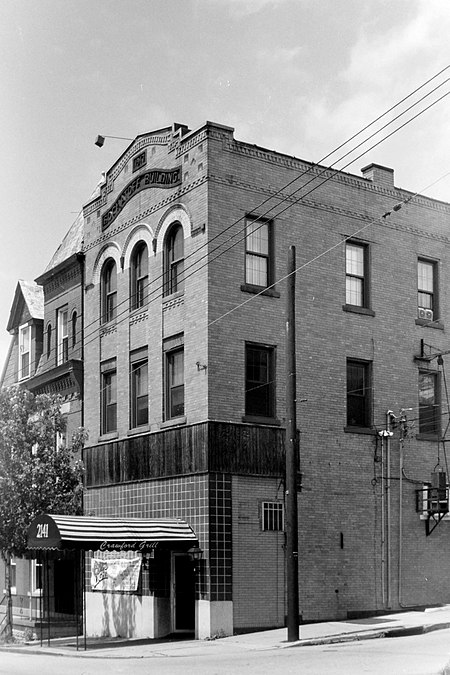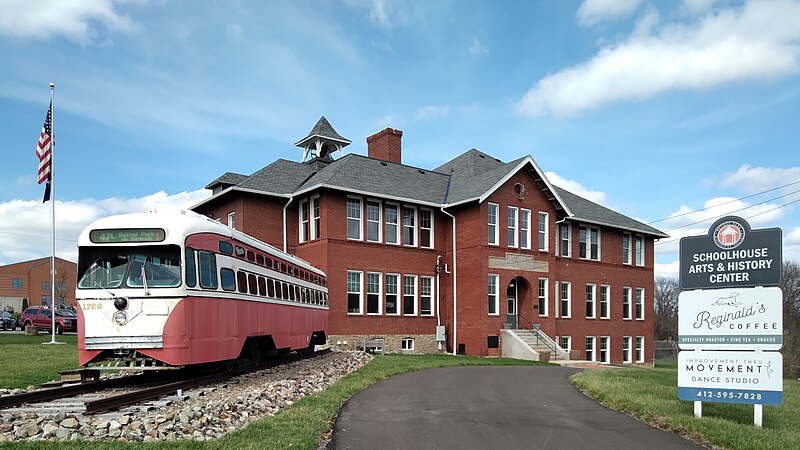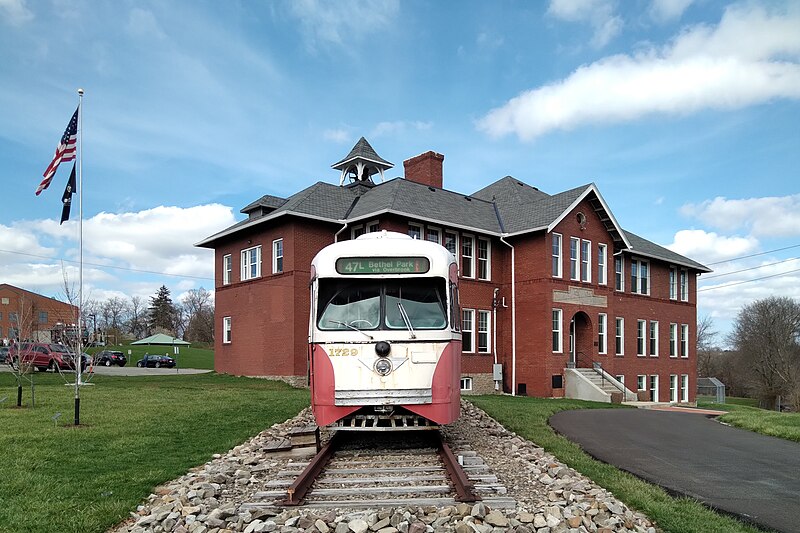
About seven years ago old Pa Pitt published this big composite picture of the old Strand Theatre on Forbes Avenue across from Oakland. A little while ago Father Pitt came across this item in The Moving Picture World for August 14, 1915.
New House in Oakland, Pa.
Natatorium Building Being Remodeled—Will Be Made Into Up-to-Date Picture Theater—Located Between Atwood and Meyran Avenues—Designed to Seat 750 People—Those Who Are Interested in the New Project.
Special to Moving Picture World from Pittsburgh News Service.
OAKLAND is to have a new moving picture theater in the Natatorium building. The lower floors, being remodeled, show careful attention to details and give promise of a thoroughly up-to-date and practical theater. The building, between Atwood and Meyran avenues, runs to a paved alley way in the rear, and with this private alley complies fully with the city laws on the subject of exits. The plans call for the abandonment of the present swimming pool and the lowering of the auditorium floor to the Forbes street level. The present stone steps leading to the entrance will be done away with. The auditorium ceiling will be 24 feet high. The floors above the auditorium will not be disturbed by the alterations, although the stairs will be moved to the left of the entrance, and a new elevator lobby constructed. It will seat 750 persons.
The owners of the Oakland Natatorium building are the Oakland Amusement Company; George H. Schwan is the architect; C. H. Keer Construction Company are the contractors, and the lessee is James B. Clark. The operation company will be the Rowland and Clark theaters, which also operates the Regent, in East Liberty, the Belmar in Homewood, the Arsenal in Lawrenceville, the Bellevue and the Oakland and the Schenley Photo play in Oakland, which latter house will be discontinued on the completion of the new house. Construction starts July 26, and the date set for the opening is November 1.
Was this the building? None of Father Pitt’s sources had mentioned that it was a converted bathhouse, but once he had the name “Natatorium” it took only a short time to find this picture:

This is from the Historic Pittsburgh site, which has an incredible collection of treasures. Unfortunately they are served up by a fiendishly complicated system that builds each picture from a mosaic of tiny pieces, so the high-resolution versions are impossible to get with any reasonable amount of work. Librarians often restrict access to public-domain works, either out of proprietary feeling or, more likely, out of a hope that it will make them less likely to get sued if they make a mistake about the copyright status. It is also true that “There may be a fee to acquire hi-res files,” according to the site FAQ, which adds a profit motive.
At any rate, here’s our building, with a sign out front advertising “Turkish Bath—Swimming Pool,” and a huge painted sign on the side probably advertising the same (we can see only the bottom of the sign in this picture). We can also see the Iroquois Building across the street, and the Schenley Hotel in the distance. So, yes, the Strand Theatre was originally a high-class bathhouse.

The architect of the original Natatorium Building was R. B. Melvin. The remodeling into a theater was supervised by George Schwan and Harry S. Bair.1
- This is a revision. Originally Father Pitt had written that he had not sorted out who the original architect was. ↩︎



















